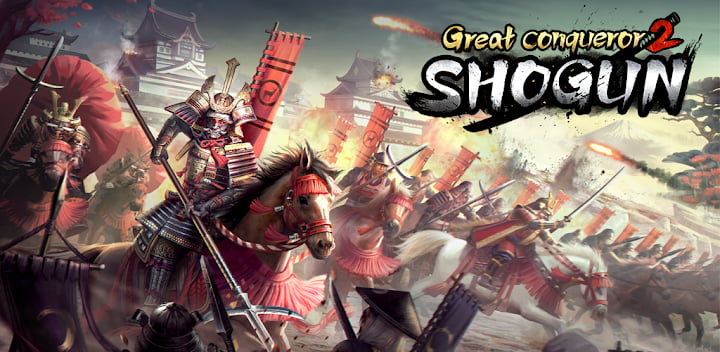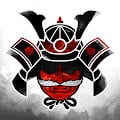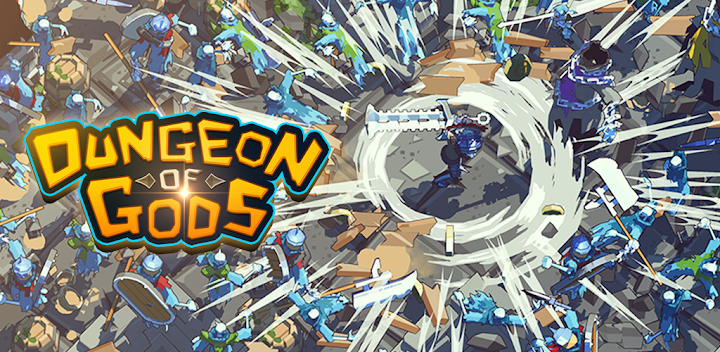Great Conqueror 2: Shogun is a strategy game where players take on the role of a Shogun and lead their armies to conquer and unite the warring states of feudal Japan. With immersive battles and intricate diplomacy, players will experience the thrill of conquest and empire building.
Great Conqueror 2: Shogun
Great Conqueror 2: Shogun is the latest installment in the popular Great Conqueror series developed by EasyTech. Set in the historical era of feudal Japan, players take on the role of a shogun, a powerful military leader in charge of their clan’s destiny. With stunning graphics, immersive gameplay, and a rich historical backdrop, Great Conqueror 2: Shogun offers a thrilling and authentic experience for strategy game enthusiasts.
In this article, we will take an in-depth look at Great Conqueror 2: Shogun, exploring its gameplay mechanics, historical accuracy, and overall impact on the strategy gaming genre.
Gameplay Mechanics
Great Conqueror 2: Shogun offers a variety of gameplay mechanics that are both challenging and engaging. Players can choose from a selection of historical factions, each with its unique strengths and weaknesses. As a shogun, players must manage their clan’s resources, including gold, food, and manpower, while also waging war against rival clans and external threats.
One of the standout features of the game is its tactical combat system. Players can strategically position their troops on the battlefield, utilizing terrain and unit abilities to gain the upper hand. Additionally, the game offers a wide array of military units, from foot soldiers to samurai warriors, each with their own distinct attributes and abilities.
In addition to military conquest, Great Conqueror 2: Shogun also incorporates diplomacy and trade mechanics. Players can forge alliances with other clans, negotiate trade deals, and engage in political intrigue to further their clan’s interests. This adds a layer of complexity to the gameplay, as players must balance their military ambitions with diplomatic finesse.
Historical Accuracy
Great Conqueror 2: Shogun is praised for its attention to historical accuracy. The game faithfully recreates the feudal era of Japan, capturing the intricacies of the political landscape, social hierarchy, and military tactics of the time. Players can experience iconic battles, such as the Siege of Osaka and the Battle of Sekigahara, and witness the rise and fall of influential historical figures like Oda Nobunaga and Tokugawa Ieyasu.
The game also incorporates historical events and cultural elements, offering players a glimpse into the traditions and customs of feudal Japan. From the architecture of ancient castles to the elaborate armor of samurai warriors, Great Conqueror 2: Shogun immerses players in the rich tapestry of Japanese history.
Overall Impact
Great Conqueror 2: Shogun has made a significant impact on the strategy gaming genre, attracting a dedicated fanbase and earning critical acclaim. Its combination of strategic depth, historical authenticity, and immersive gameplay has set a new standard for historical strategy games.
The game has also sparked interest in the feudal era of Japan among gamers, encouraging a deeper appreciation for the historical legacy of the country. Its success has paved the way for future titles that explore other periods of Japanese history, further enriching the gaming landscape with diverse cultural experiences.
Final Thoughts
Great Conqueror 2: Shogun stands as a testament to the power of historically inspired gaming experiences. Its meticulous attention to detail, engaging gameplay mechanics, and impact on the strategy gaming genre make it a must-play for history buffs and strategy enthusiasts alike. Whether leading epic battles or engaging in political intrigue, players are sure to be captivated by the immersive world of feudal Japan brought to life in Great Conqueror 2: Shogun. With its combination of historical authenticity and strategic gameplay, the game sets a new standard for historical strategy games and is a worthy addition to any gaming library.




